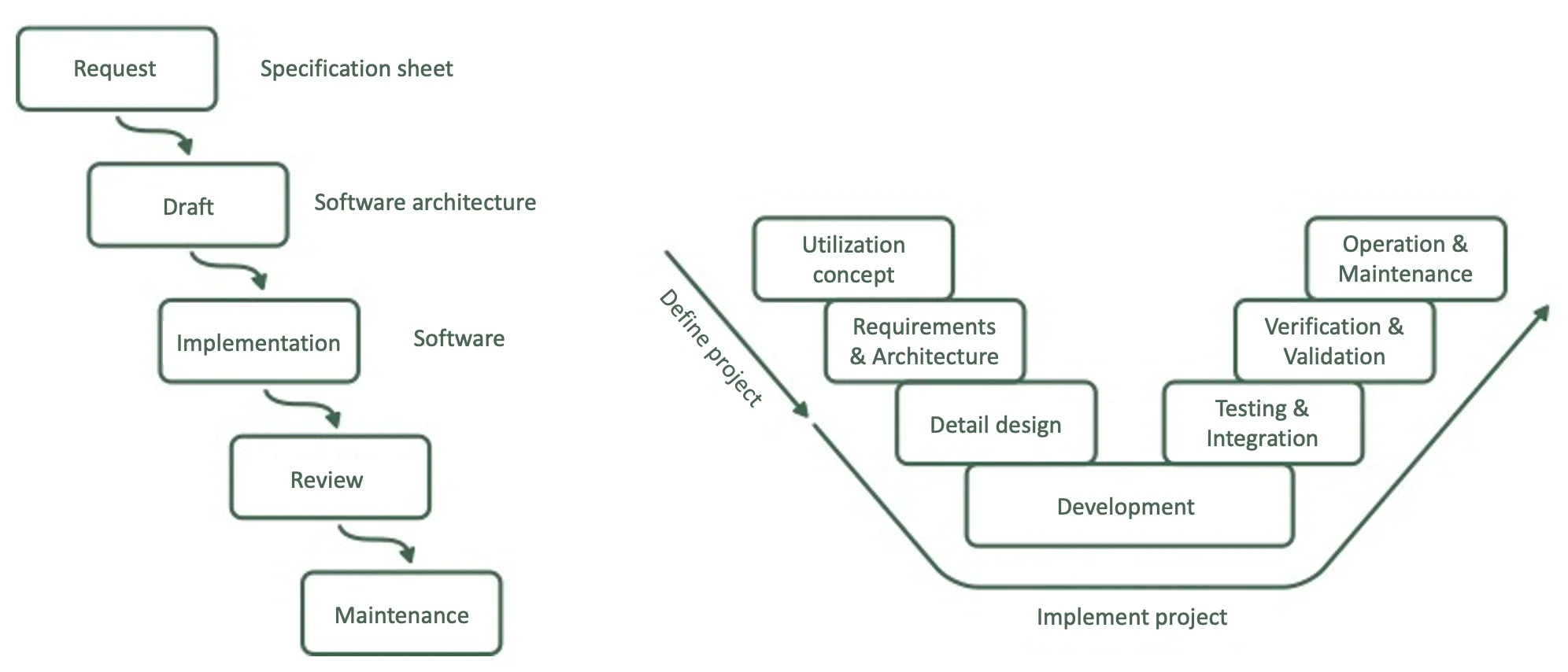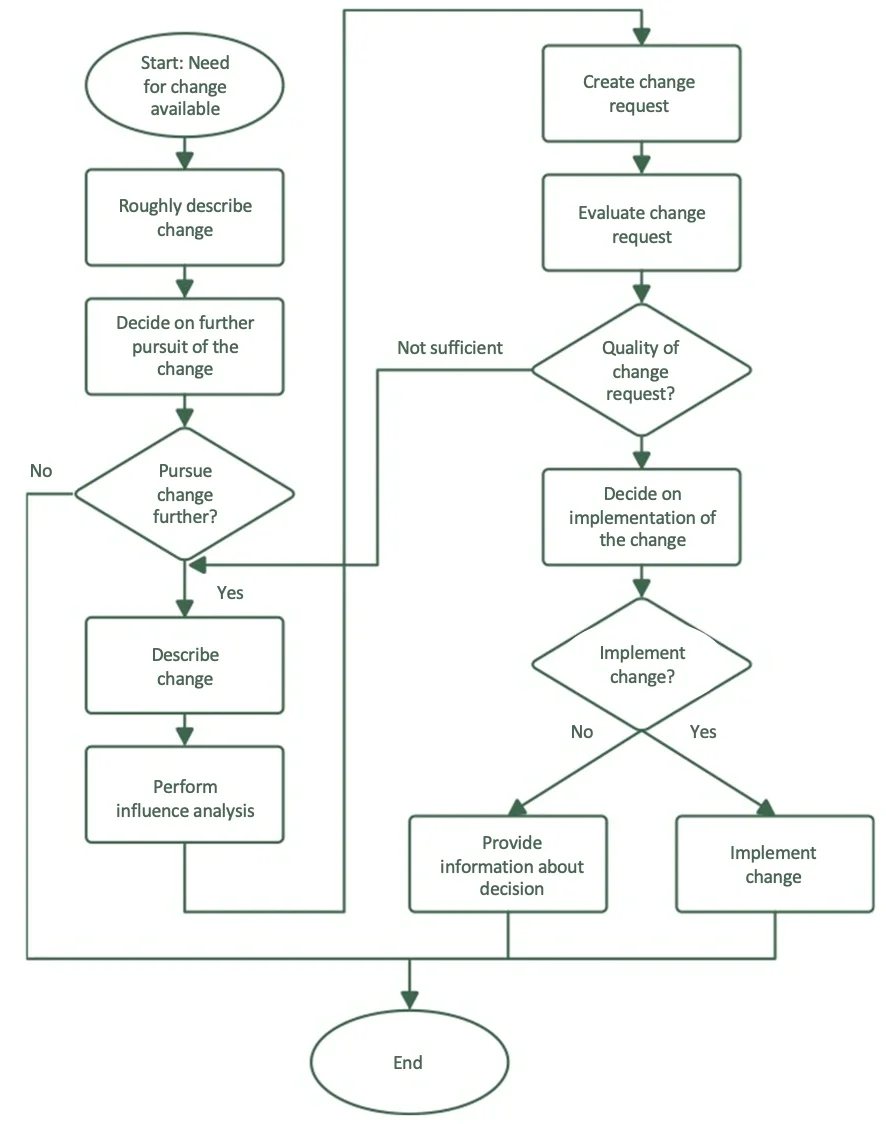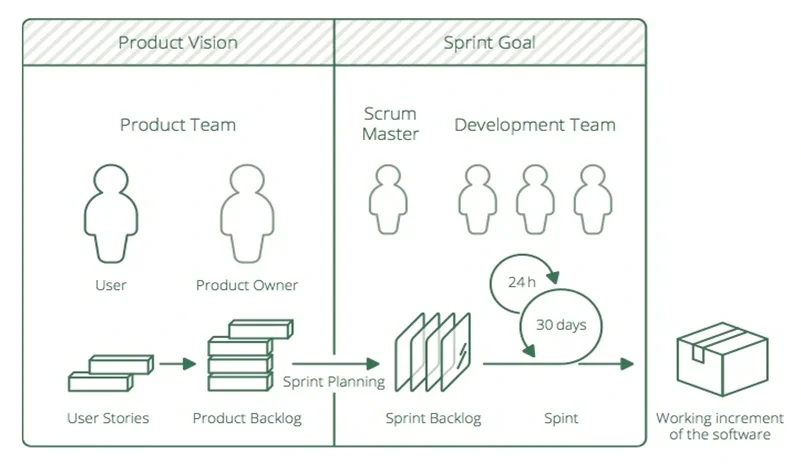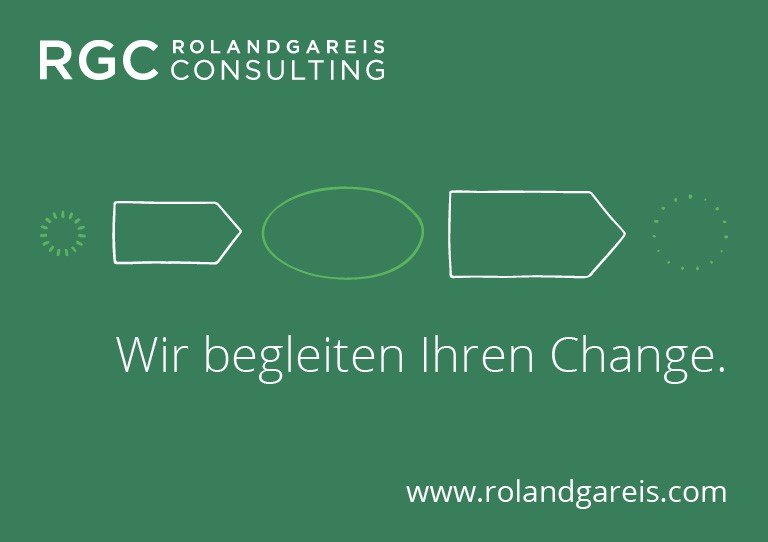Project & Requirements Management in Sequential Process Models
Projects are carried out based on a need to fulfill business and solution requirements. In traditional project management approaches, defining requirements is not seen as a task in projects.
Figure 1 shows two sequential models, namely the waterfall model and the V-model.
The waterfall model is the best-known sequential process model, which is used primarily in the IT and construction sectors. The waterfall model provides a separation of the phases requirement, design, implementation, review, and maintenance. At each phase transition, it is assumed that the previous phase has been completed. Sequential process models assume that the solution requirements are planned before the implementation of the solution is started. After the requirements are defined, a "design freeze" occurs. The specified requirements are "frozen" and can no longer be changed from this point on without a formal change request1 of the change request management.
 Figure 1: Sequential process models - waterfall model and V-model2
Figure 1: Sequential process models - waterfall model and V-model2
When implementing a solution, requirements are considered during change requests and during testing and acceptance of the solution by external or internal customers.
Change Request Process
If additional requirements are identified, or the defined requirements are changed during the implementation of a solution, a "change request process" must be carried out. A change or addition to solution requirements can necessitate adaptations to the project services to be performed, the project deadlines, and the project costs. Adaptations to the project plans must be made accordingly. Changes in the project organization, in project stakeholder relationships, in relationships to other projects, etc., that may be necessary as a result are usually not explicitly taken into account.
Figure 2 shows an example of a change request process.
 Figure 2: Change Request Process3
Figure 2: Change Request Process3
Project & Requirements Management in Iterative Process Models
A frequently used iterative process model is "Scrum," a so-called "agile" model.
The basic Scrum structures are shown in Figure 3.
 Figure 3: Structures of the Scrum model4
Figure 3: Structures of the Scrum model4
In the Scrum model, solution requirements are referred to as "user stories" and are summarized in "backlogs." For each iteration ("sprint"), the "product team" may define additional user stories or discard user stories that have already been defined.
Prioritization by the product team and the development team makes it possible to define the user stories in each sprint ("sprint backlog"). During the execution of a Sprint by the development team, no changes to the requirements can be made.
Scrum, therefore, makes it possible to adapt the solution requirements without "change requests iteratively." This makes it possible to react "agilely" to current market conditions.
Source
-
In-depth information: R. Gareis & L. Gareis; PROJEKT.PROGRAMM.CHANGE, Manz Verlag, Vienna 2017 ↩
-
R. Gareis & L. Gareis; PROJEKT.PROGRAMM.CHANGE, Manz Verlag, Vienna 2017, p. 107 ↩
-
R. Gareis & L. Gareis; PROJEKT.PROGRAMM.CHANGE, Manz Verlag, Vienna 2017, p. 390 ↩
-
R. Gareis & L. Gareis; PROJEKT.PROGRAMM.CHANGE, Manz Verlag, Vienna 2017, p 111 ↩







 Jira
Jira
 Confluence
Confluence
 SAP
SAP
 API
API




